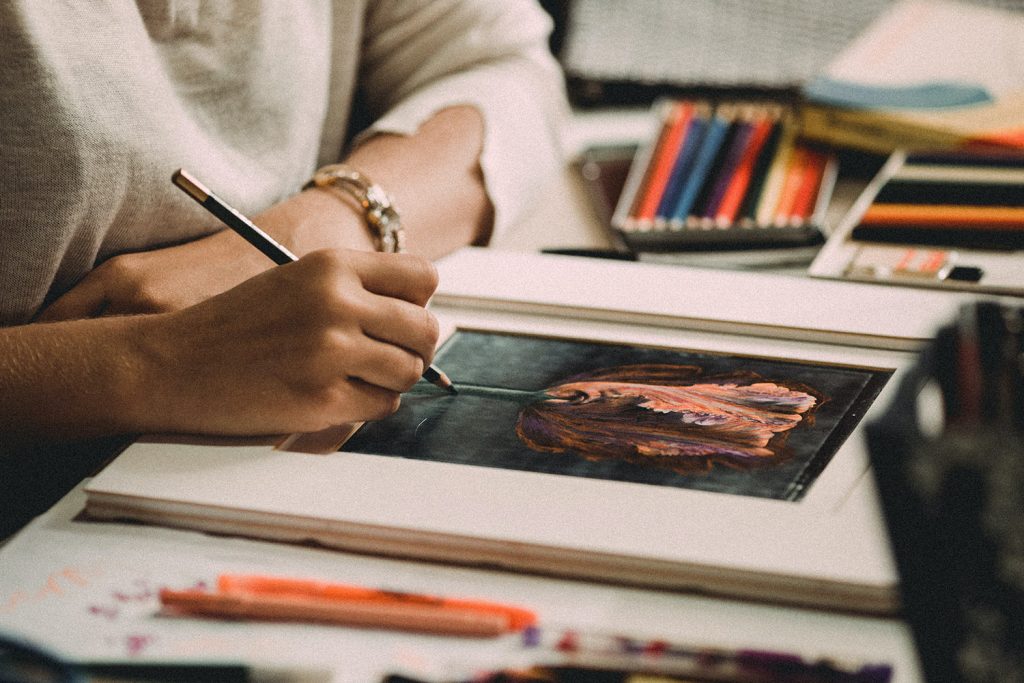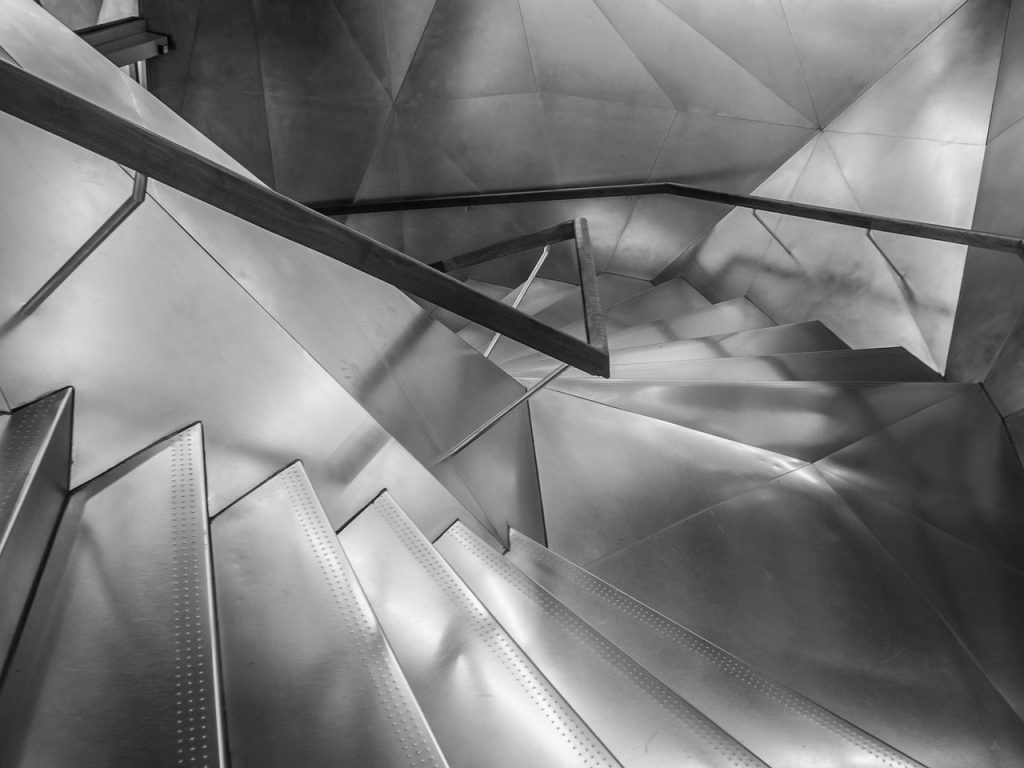Since the eighteenth century, Tokyo has been one of the world’s largest and most densely populated cities. Photographers such as Daidō Moriyama and Rinko Kawauchi are known for their composition of poetic and startling images, spanning black and white street shots, to more serene moments of the everyday. In Tokyo Unseen, published by teNeues, Lukasz Palka. photographs the metropolis from a non-native position, offering up a lens of unfamiliarity. The Polish-born artist, who moved to Japan in 2008, writes, “The sense of outsiderhood that’s present in much of my work arises partly from me being a shy person by nature. But it’s obviously due to the fact that I am a stranger. For much of my time in Tokyo, I’ve felt like an outsider peeking into a world just out of my reach. Many of my photos take this perspective, showing the regular people of the city lost in their lives while I linger with my camera in another dimension, apart from them.”

What unfolds is a self-described “love affair,” that pays careful attention to detail. Lukasz demonstrates an interest in “urban organics,” a term used to describe the pipes, walls and wires of the city. In one image, titled Curtain, a man reads a newspaper at a ramen bar. He sits behind a plastic shroud, in an image reminiscent of Edward Hopper’s timeless oil painting Nighthawks (1942). The light emanating from the kitchen illuminates the night as a glass window is substituted for waterproof sheet. Elsewhere, in Palka’s Mystery Man and Solid Rain, figures appear trapped behind shrouded and panelled windows, creating ghostly silhouettes that evoke the delicate and painterly compositions of Saul Leiter’s photography.

Tokyo Unseen is a book that conveys a heavy sense of isolation. Here, masked individuals are confined, captured in the cracks and fissures of buildings and shiny facades. In an image titled Rectangles, two suited businessmen discuss something at a bar. Their profiles are only visible through a checkerboard-style window, permitting a viewer the briefest glimpse of their interaction. The figures are physically distant from each other, prompting a reader to imagine that perhaps they are in fact strangers. We are unable to tell their relationship as a panel blocks out a third individual who sits between them. This is emulated in images such as The Deal, depicting a glass booth and a conversation held between colleagues. Subjects are blurred out behind glass, rendering them anonymous. This emblematises the lens of Lukasz, as he experiments with the possibilities of disappearance and distance, using erasure as a means of play.

If this title documents absence, equally it offers up the importance of being present. Moments of tenderness are glimpsed in the banal: sleepy couples embrace on train carriages and chefs offer up blue plates of tamago yaki. In a particularly resonant section towards the end of the book, Lukasz recounts the story of a monk he encountered in Ginza, a man who stood regularly on the corner gathering alms. One day, the monk gifted the artist with a small charm, adorned with a single character meaning “heart.” On the accompanying page to the story, the figure is captured in a dark robe. In the image, he holds the brim of his hat, a swathe of morning light cast over his white trousers. Here, Lukasz frames a contemporary Tokyo, replete with commercial advertising and pixelated reflections, but also human touch. He asks us to look more deeply at the bodies around us. As a result, we feel a sense of an artist trying to reach out, to connect to the world around him, to hold onto what he can, before it is all, in his words, “irrevocably lost.”
Lukasz Palka: Tokyo Unseen | teNeues
Words: Chloe Elliott
Image Credits:
All images courtesy of © Lukasz Palka.




